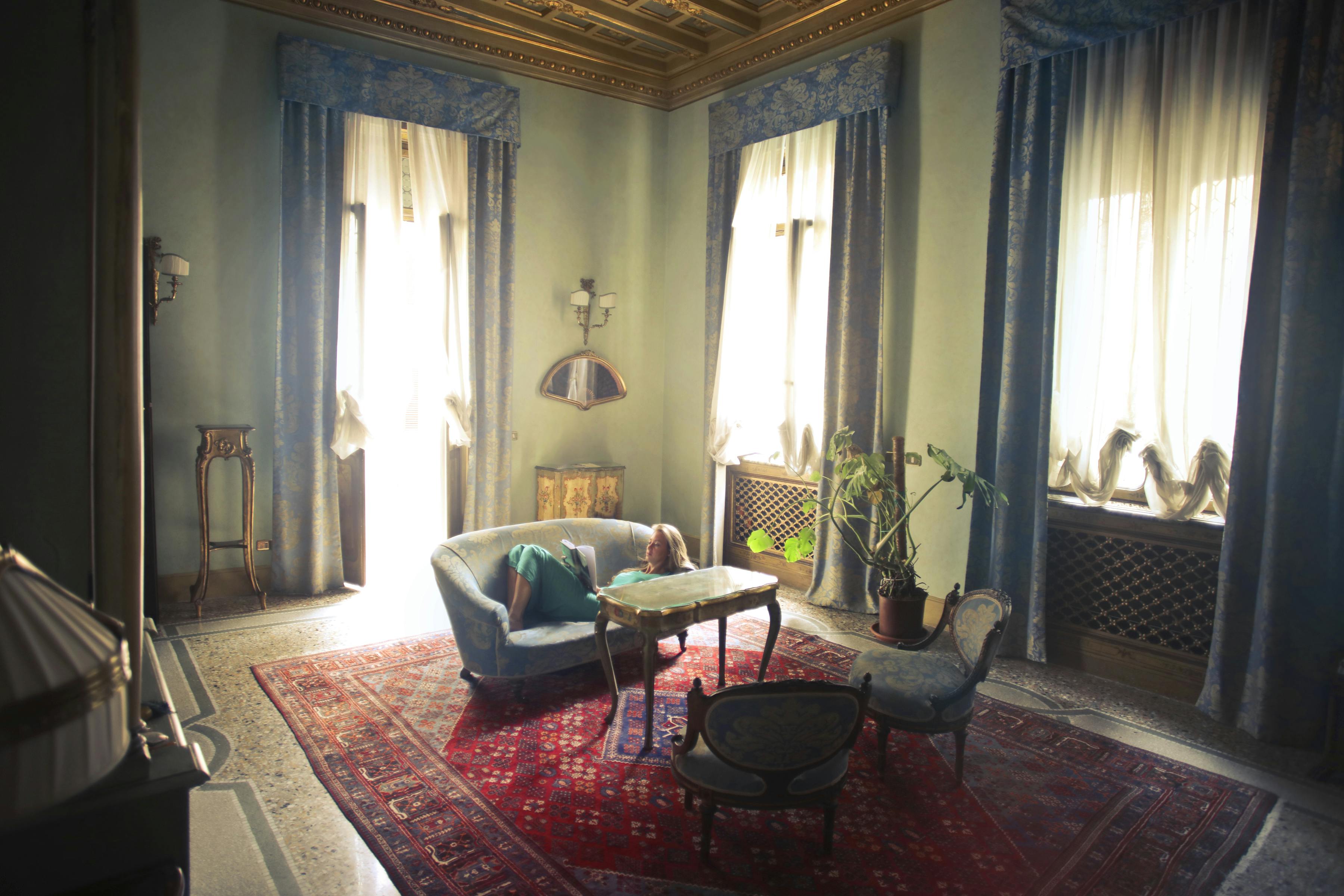
Introduction
Moving home, often infused with a mixture of excitement and trepidation, is a change that necessitates comprehensive planning and organization. After navigating the chaotic process, there's nothing you crave more than a tranquil space to unwind. Hence, reinventing your living room to emit a sense of calm and relaxation becomes a priority. Herein, we bring you an illuminating guide on "Transforming Your Living Room Post-Move: Essential Tips for a Tranquil New Space."
Getting Started: The Layout
The layout, the fundamental architecture of your living room, is the very first step towards creating your relaxing haven. To achieve this serenity, opt for an open floor plan, inviting ample natural light, enhancing the perception of space. Position your furniture strategically; consider the foot traffic, views, conversation groupings, and the relation between different pieces. As a critical aspect of interior design, a good layout fosters comfort, fluidity, and ultimately, relaxation.
The Role of Furniture and Fittings
Choosing the right furniture and fittings is half the battle won. Opt for soft and comfortable furniture to facilitate physical relaxation. Prioritize plush sofas, cozy throws, and soft pillow cushions that ooze tranquility. In addition to comfort, consideration of aesthetics is also paramount. Elegant accent chairs, coffee tables, and modern art pieces can transform an ordinary living area into a sophisticated relaxation zone. Also, remember to create a focal point, like a fireplace or a grand artwork, to draw the eye and unify the room.
Embracing the Healing Power of Nature
Incorporate an element of nature into your new living room to foster a calming ambiance. A simple step like introducing indoor plants can do wonders in absorbing noise, purifying air, and bringing an aesthetic appeal. Besides plants, try incorporating natural materials, such as wood, jute, or bamboo, in your decor for an earthier, more relaxing feel.
Color Palette: The Art of Calm
Color plays a significant role in setting the mood of a room. Opt for soft, muted or neutral shades that project calmness and tranquility. Pastels, warm whites, grays, and earth tones are apt choices for a soothing atmosphere. Further, to add depth and visual interest, experiment with different textures and patterns within your color choice.
Lighting: The Perfect Illumination
Appropriate lighting can dramatically transform the atmosphere within a living room. Aim for a balanced mix of natural, ambient, task, and accent light. Natural light is refreshing, while ambient light provides overall illumination. Task lighting, on the other hand, caters to reading or other tasks, and accent lighting instills a sense of charm and warmth.
Soundscape: The Melody of Calm
A carefully chosen soundscape plays an essential part in determining the mood of a living area. Consider installing a wall-mounted CD player or a Bluetooth speaker for seamless streaming of your favorite relaxing tunes. Alternatively, if you are a fan of natural sounds, a tabletop fountain can offer the calming gurgles of a brook, fostering a serene ambiance.
Conclusion
Creating a relaxing living room post-move is an enjoyable endeavor that allows you to explore various aspects of interior design. Implement these tips into your new space, and you can look forward to unwinding in a personalized haven of tranquility after a hectic moving day. Remember, the key is to prioritize comfort, natural elements, soft hues, carefully chosen lighting, and a pleasant soundscape. With these tips in mind, transforming your living room into a relaxing area is an effortless, enjoyable process.